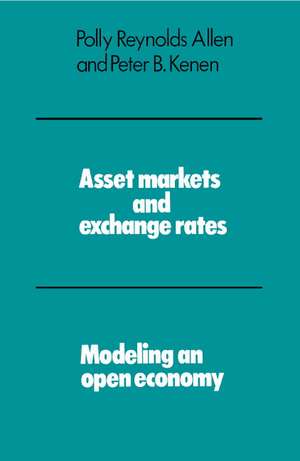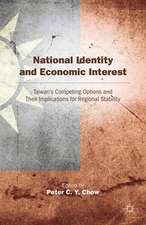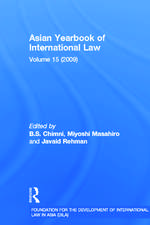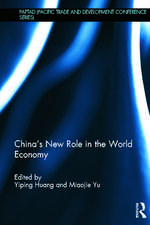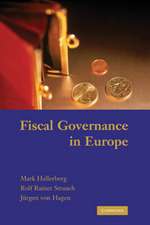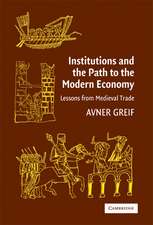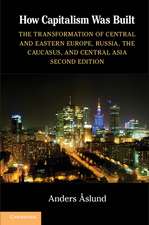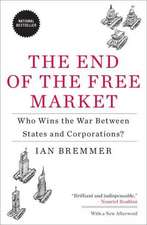Asset Markets and Exchange Rates: Modeling an Open Economy
Autor Polly Reynolds Allen, Peter B. Kenenen Limba Engleză Paperback – 29 iun 1983
Preț: 292.29 lei
Nou
Puncte Express: 438
Preț estimativ în valută:
55.93€ • 58.54$ • 46.55£
55.93€ • 58.54$ • 46.55£
Carte tipărită la comandă
Livrare economică 31 martie-14 aprilie
Preluare comenzi: 021 569.72.76
Specificații
ISBN-13: 9780521274067
ISBN-10: 0521274060
Pagini: 336
Dimensiuni: 153 x 230 x 23 mm
Greutate: 0.56 kg
Ediția:Reprint
Editura: Cambridge University Press
Colecția Cambridge University Press
Locul publicării:New York, United States
ISBN-10: 0521274060
Pagini: 336
Dimensiuni: 153 x 230 x 23 mm
Greutate: 0.56 kg
Ediția:Reprint
Editura: Cambridge University Press
Colecția Cambridge University Press
Locul publicării:New York, United States
Cuprins
Preface; Part I. Introduction: 1. An agenda; Part II. Modeling an Open economy: 2. The structure of the model; 3. Solving the model; 4. Comparative statics: goods-market disturbances; 5. Comparative statics: asset-market and compound disturbance; 6. Dynamics under pegged and flexible exchange rates; Part III. Extending the Model: 7. Claims, caveas, and simplifications; 8. On money, income, and insulation; 9. Expectations, speculation, and exchange-rate stability; 10. On the specification of fiscal policy; Part IV. Analyzing Interdependence: 11. A two-country model; 12. Similarities and symmetries in goods and asset markets; 13. Comparative statics in the two-country model; Part V. The Theory of Financial Integration: 14. Dimensions of integration; 15. Market integration, interdependence, and monetary policy under pegged exchange rates; 16. The analytics of a monetary union; 17. Market integration, interdependence, and fiscal policy under pegged exchange rates; 18. Fiscal policy in a monetary union; Appendixes; Glossary; Index.
Recenzii
'It seems to me an important achieveent. It works out in detail and in a notably systematic fashion the implications of the new approach to balance of payments or exchange rate theory. One of its most pleasing characteristics is its honesty. The implications of various assumptions are made very clear, and their limitations pointed out.' W. M. Corden, The Economic Journal
'It can justifiably be regarded as an updated version of Meade's treatise on the balance of payments which synthesized neoclassical price theory and Keynesian expenditure theory … rigorous, elegant, lucid and masterly, this treatise is an outstanding contribution in the taxonomic tradition.' P. Robson, Economica
'It can justifiably be regarded as an updated version of Meade's treatise on the balance of payments which synthesized neoclassical price theory and Keynesian expenditure theory … rigorous, elegant, lucid and masterly, this treatise is an outstanding contribution in the taxonomic tradition.' P. Robson, Economica
